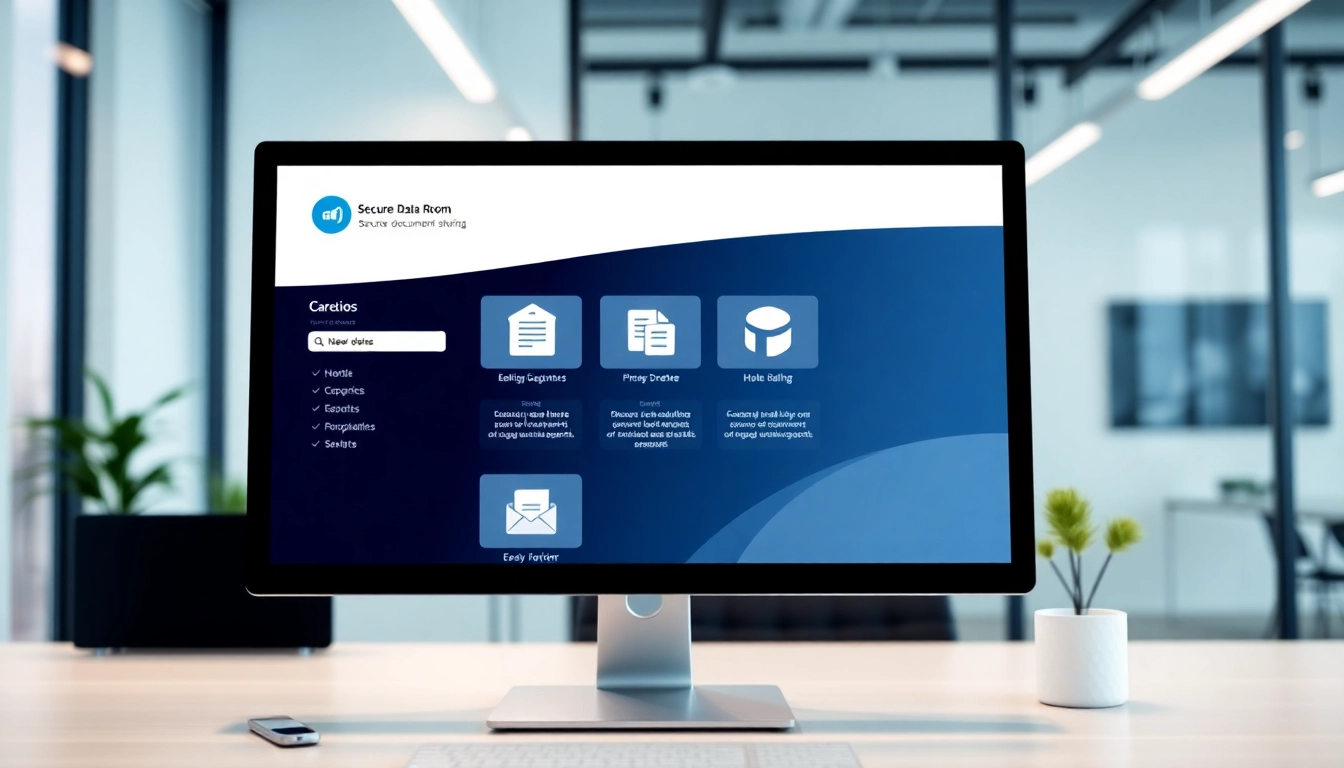Understanding Competitive Intelligence
Definition and Importance of Competitive Intelligence
Competitive intelligence, often referred to as CI, encompasses the systematic process of gathering, analyzing, and distributing data about the competitive environment. It is a vital practice that informs decision-making and strategy formulation within organizations. The primary objective of competitive intelligence is to enhance an organization’s understanding of its competitive landscape, thereby leading to improved performance, innovation, and an ability to anticipate market shifts.
In a world where rapid changes are the norm, organizations must leverage competitive intelligence to stay relevant and adapt to evolving circumstances. Engaging in competitive intelligence allows companies to make informed decisions, reduce risks, and identify new opportunities for growth. By understanding their competitors, organizations can differentiate their offerings, enhance customer satisfaction, and increase market share.
Key Components of Competitive Intelligence
The effectiveness of competitive intelligence rests on several key components:
- Data Collection: This involves gathering information from various sources, such as industry reports, news articles, social media, and more. Methods can vary from online research to interviews and surveys.
- Analysis: Once data is collected, it needs to be analyzed to extract actionable insights. This could involve identifying trends, assessing competitor strategies, and evaluating market conditions.
- Dissemination: The final step is sharing the findings within the organization to ensure that stakeholders can make informed decisions based on the intelligence gathered.
Common Misconceptions about Competitive Intelligence
Despite its importance, several misconceptions about competitive intelligence persist:
- CI is Spying: While competitive intelligence involves gathering information about competitors, it should not be synonymous with unethical practices like corporate espionage. CI is about gathering public data lawfully and ethically.
- Only Large Companies Need CI: This is a myth; businesses of all sizes can benefit from competitive intelligence to thrive in competitive markets.
- CI is a One-Time Effort: On the contrary, competitive intelligence should be an ongoing process. Markets evolve, and new competitors emerge, making continuous monitoring essential.
Implementing Competitive Intelligence
Steps to Gather Competitive Intelligence
Establishing a competitive intelligence framework requires a systematic approach. Here are the key steps involved:
- Define Objectives: Outline what you aim to achieve with your competitive intelligence efforts. Are you looking to enhance product offerings, understand market trends, or improve customer service?
- Identify Sources: Determine where you will gather your information. This could include competitor websites, social media, industry publications, and trade shows.
- Data Gathering: Utilize various methods such as surveys, interviews, and analytics tools to collect data from your identified sources.
- Analyze Data: After gathering data, use analytical techniques to derive meaningful insights. This can include SWOT analysis, benchmarking, and assessing performance metrics.
- Share Insights: Disseminate the analyzed intelligence across relevant departments to assist in strategic planning and decision-making.
Tools and Techniques for Effective Analysis
Several tools and techniques can enhance the effectiveness of competitive intelligence analysis:
- Data Mining Software: Tools that automate the collection and analysis of large datasets can significantly improve efficiency.
- Visualization Tools: Data visualization tools can help represent complex data visually, making insights easier to understand and communicate.
- Benchmarking Tools: These tools allow organizations to compare their performance against industry standards or key competitors.
Building a Competitive Intelligence Team
To implement competitive intelligence effectively, building a competent team is vital. Here are some essential roles to consider:
- CI Analyst: Responsible for data collection and analysis, focusing on transforming raw data into actionable insights.
- Market Research Specialist: Focuses on understanding market dynamics, customer behavior, and industry trends.
- Strategic Planner: This role integrates competitive intelligence findings into the strategic planning process.
Types of Competitive Intelligence
Market Intelligence vs. Competitor Intelligence
Understanding the difference between market intelligence and competitor intelligence is crucial for organizations:
- Market Intelligence: Involves gathering data on market trends, customer preferences, and general industry developments. It helps organizations identify potential opportunities and threats outside of direct competitors.
- Competitor Intelligence: Focused specifically on competitors. This includes analyzing their strengths, weaknesses, strategies, and performance to identify how they affect your market position.
Product Intelligence: An Overview
Product intelligence is critical for organizations aiming to align their offerings with market demands:
- Feature Analysis: Evaluate competitors’ product features, pricing, and reviews to identify advantages and areas for improvement.
- Innovation Tracking: Stay informed about new product launches, updates, and changes in competitor offerings to inform your product development strategy.
Customer and Sales Intelligence Strategies
Understanding customers and sales dynamics can drive better business strategies:
- Customer Feedback: Collecting and analyzing customer feedback regarding competitors can provide insights into areas where your organization can excel.
- Sales Data Analysis: Reviewing sales performance data allows you to adjust sales strategies based on competitive dynamics and market positioning.
Utilizing Competitive Intelligence for Business Strategy
Integrating Competitive Intelligence into Business Models
Competitive intelligence should not function in isolation but rather be integrated into the overall business model:
- Strategic Decision-Making: Utilize competitive intelligence insights to influence strategic decisions, product development, and marketing strategies.
- Adaptation and Flexibility: Regularly review competitive intelligence findings to adapt your business model to changing market conditions and competitor behaviors.
Case Studies: Successful Applications of Competitive Intelligence
Numerous organizations have seen success through the strategic application of competitive intelligence:
For example, companies that continually analyzed customer complaints against a competitor were able to enhance their service protocols significantly. This led to improved customer satisfaction ratings, demonstrating how competitive intelligence can impact company reputation and revenue.
Measuring the Impact of Competitive Intelligence on Performance
Measuring the success of competitive intelligence initiatives helps validate their importance. Key performance indicators (KPIs) may include:
- Increased market share and sales growth.
- Enhanced customer satisfaction scores.
- Improved product quality and innovation rates.
Future Trends in Competitive Intelligence
The Role of Technology in Competitive Intelligence
Technology continues to evolve and influence competitive intelligence:
- Artificial Intelligence: AI and machine learning can help predict market trends and analyze data at unprecedented speeds.
- Automation Tools: These can streamline the data-gathering process, allowing CI professionals to focus on analysis and strategy rather than manual data collection.
Adaptive Strategies for Evolving Markets
In rapidly changing markets, adaptability is vital:
- Agile CI Practices: Employing agile methodologies allows teams to respond quickly to new intelligence and shifting market conditions.
- Customer-Centric Approaches: Always align competitive intelligence efforts with customer needs and preferences to maximize market relevance.
Preparing for Competitive Intelligence Challenges
Organizations may face challenges in their competitive intelligence efforts:
- Data Overload: Sifting through large amounts of data can be overwhelming. Establish clear objectives to focus your data collection efforts effectively.
- Ethical Concerns: Ensure that all competitive intelligence activities adhere to ethical guidelines to maintain corporate integrity and avoid legal repercussions.
- Changing Market Dynamics: Continuously engage with market changes and reassess your competitive intelligence strategies to remain aligned with current environments.



